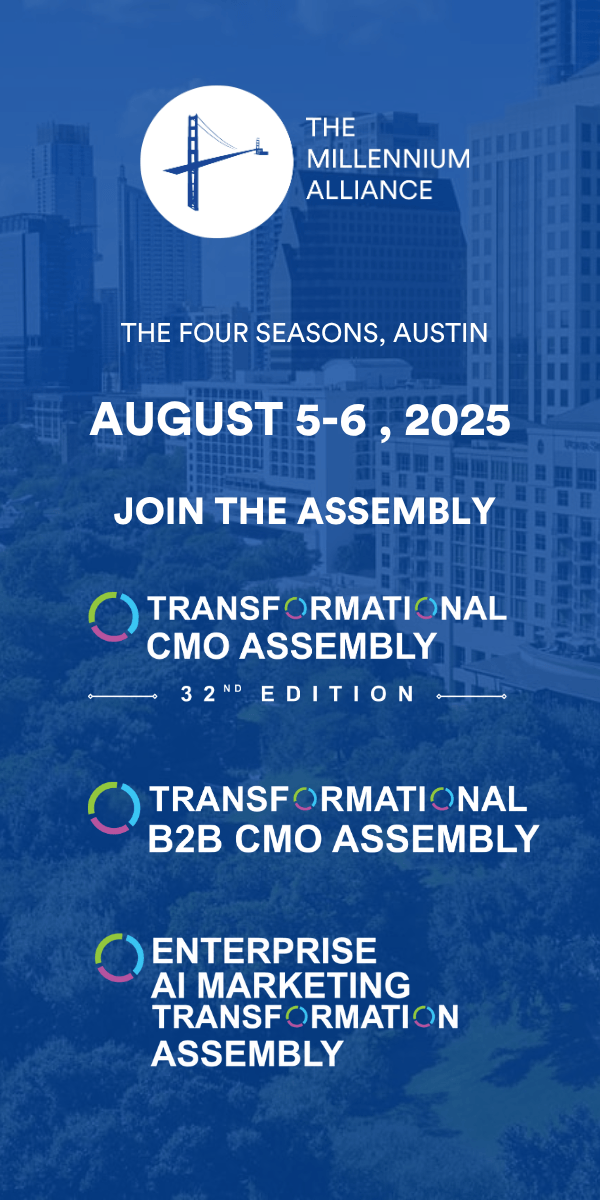As originally published by Dawn Lerman & Falguni Sen on Times Higher Education.
There is nothing like a good crisis to shake up an industry.
The Exxon Valdez oil spill of 1989 transformed the energy sector and the financial crisis of 2008 had a huge impact on banking. The coronavirus is now doing the same for higher education.
After years of debate on college campuses about whether universities would make a major move into online education, nearly all of them in the US have stopped talking and done just that.
So how did this happen so suddenly?
Organizational structures are often among the biggest impediments to meaningful change. That is certainly the case in academia. Here we find the kind of functional silos that exist in any organization (such as between marketing and IT), but also silos between schools, between departments within schools, and between faculty and administration. These lead to the hoarding of key resources and limited skills sharing. They also inhibit the creation of necessary synergies.
One way to get beyond such structural impediments is for all stakeholders within an organization to rally around a clear and unified goal. During the current crisis, one such goal was soon established within universities: to help prevent the spread of coronavirus while providing continuity of learning. Units responded by mobilizing their resources to provide a wide range of holistic solutions to the challenge of online teaching. And they did so practically overnight.
Doing this at an institution where only a handful of faculty previously taught online is no small task. Academics are notoriously slow to change. We teach the same courses year after year and, while many of us update our materials quite regularly, it is a far different matter to change our mode of delivery. Converting a course for online delivery is time-consuming work. Some faculty may also feel threatened, fearing that they will be replaced, or that online teaching fails to capture the elements that make them such successful teachers.
Yet faculty could typically easily accept the requirement that they teach online since this was perceived as a temporary change that did not threaten their core teaching philosophy, while other initial options, such as extending the one-week spring break and making up the lost time in the summer, were widely seen as just postponing the inevitable.
At our university, there were dozens of faculty members in each webinar on online teaching that we attended. Those who had experience with online teaching and tools were proactive in helping colleagues adapt their courses. While some are no doubt concerned about being able to achieve their intended learning outcomes, they are also excited about the technical barriers they have overcome and all that they have learned. And they want to learn more. Having taught a few online classes and discovered that they can make creative use of the technology, many faculty will be changed forever. We expect that even those who go back to teaching in a traditional classroom will incorporate some of the online tools that they are now learning to use.
Universities should embrace this staff engagement and seize the opportunity to transform pedagogy to meet the needs of the next generation of students. Incoming undergraduate and graduate students will have elevated expectations about the use of technology on campuses. In fact, they may already be accustomed to technology-enabled pedagogy, since schools in an increasing number of districts are light years ahead of higher education in this regard.
Once we get beyond the current crisis, universities should shift the focus from basic training on tools to more advanced training incorporating course design and assessment of learning. Faculty enthusiasm may well be less than we are seeing now, but if we can get the messaging to resonate with faculty, they may just start participating in droves. That messaging should celebrate their current achievements with online tools while also recognizing their pain points, and offer the training as an opportunity to build on that success and solve their technology-related teaching challenges.
This message will resonate with teaching staff even more if it is presented within the context of a clear and unified goal. And these need not be reserved for times of crisis. For example, a university that values universal access to education as its top priority might view online learning as a key element in its mission.
Finally, we should preserve the culture of change that has swept across universities over the course of just a few weeks. We should institutionalize that culture to respond to the demands of the digital era. Because if not now, then when?










